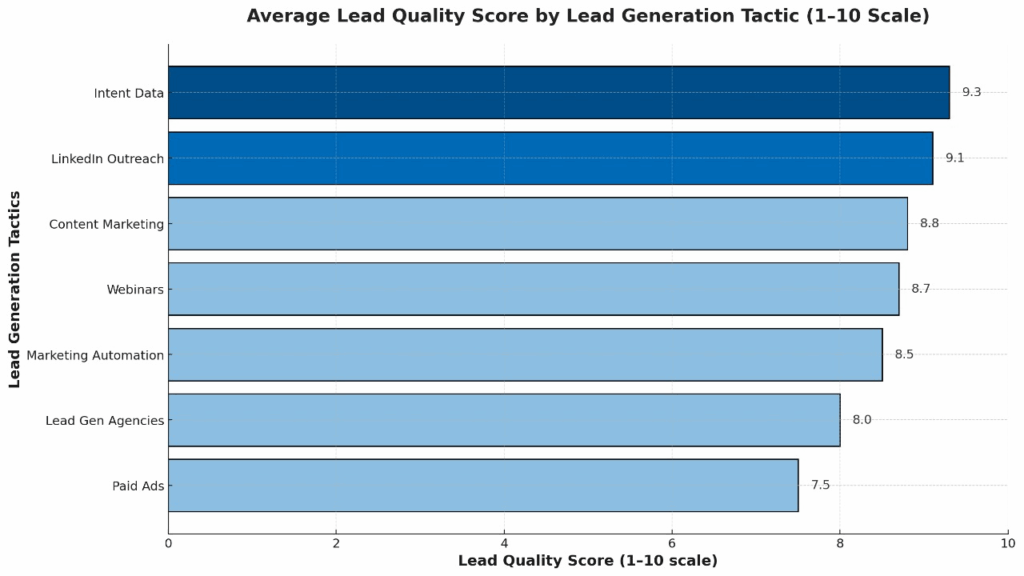In 2025, B2B lead generation is no longer just a buzzword; rather, it is a fundamental business necessity for survival and growth. Indeed, competition is increasing daily. Furthermore, buyer attention spans are shorter than ever before, and consequently, buyers themselves are smarter and more informed. Generating high-quality leads now requires more than simply sending cold emails. Instead, B2B companies specifically need a strategic mix of human connection and smart technology. This combination, therefore, helps them win trust. Ultimately, it also enables them to close deals efficiently. Platforms like Zintlr.com, LinkedIn Sales Navigator, and HubSpot are essential tools that help businesses create efficient and repeatable pipelines. Crucially, this predictability is vital for sustainable growth.
Therefore, this blog will explore 13 modern B2B lead generation tactics. We will, moreover, combine actionable insights with powerful tools. Specifically, we will use real-world examples to illustrate each point. Additionally, you will also find industry statistics. A few graphs will guide your growth journey effectively. Essentially, the goal is to show you how to fuel predictable B2B sales growth in 2025. Each tactic is designed to bring you closer to your ideal customer. It further helps you engage them meaningfully. Thus, it helps to convert them into loyal clients. In essence, this is about building a robust lead generation engine. Hence, this engine will consistently deliver high-quality prospects.


